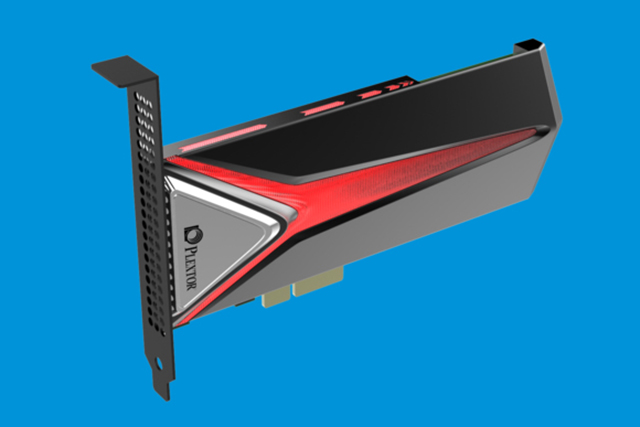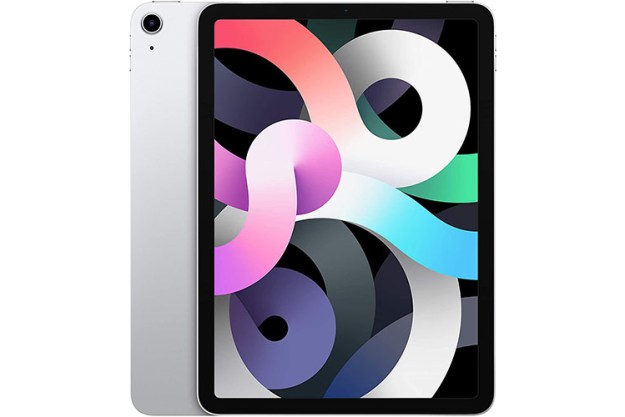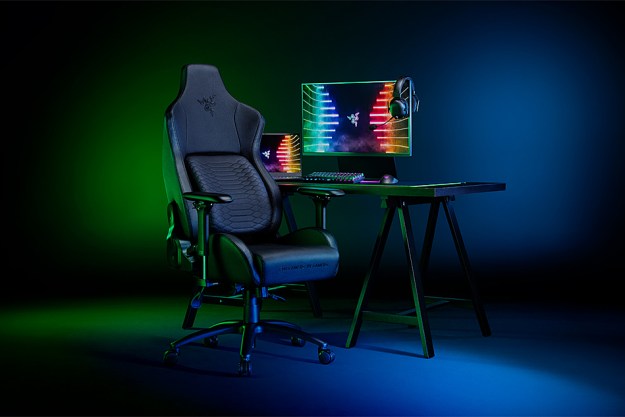
Rather than reviving the failed M7e, Plextor has decided to move on to the M8Pe, an M.2 SSD complete with all the bells and whistles we’ve come to expect from high-end drives. The M8Pe will connect to desktops over a 4x PCIe 3.0 slot and leverage the outstanding NVMe interface. That lets the company claim beefy 4KB random reads of up to 270,000 operations per second, and 4KB write speeds up to 150,000 IOPS.
While Plextor isn’t making any promises of specific read/write speeds yet, the company says its first NVMe SSD has been optimized for gaming as well as other activities that require high performance drives.
Included with the M8Pe are a few of Plextor’s signature features including PlexTurbo memory caching, a proprietary compression tech for maximizing storage space, and the company’s PlexVault software, which allows users to hide certain data from others on a shared PC.
Plextor is holding back on discussing storage sizes, pricing, and release data information right now, but rest assured, we’ll know more come next week’s Consumer Electronics Show. What’s more, Plextor will also be flaunting its M7V SSD series with TLC NAND flash.
Prior to this uplifting news, rumors suggested the M7e was knifed after Plextor realized it wasn’t capable enough to compete with the likes of Intel and Samsung, which currently dominate high-powered SSDs. When the unreleased M7e was still rocking PCIe 2.0, Samsung was putting out its 950 Pro M.2 complete with the newfangled PCIe 3.0 and NVMe standards. Now, despite taking nearly six months to respond, Plextor’s M8Pe brings all the necessary protocols to compete in the frenzied SSD market.


